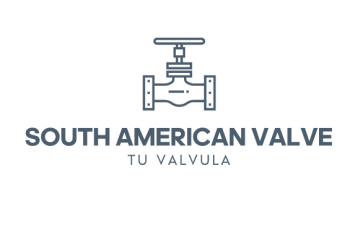Steam Safety Valve
A steam safety valve is specifically designed for steam applications. It is used to protect steam boilers, pressure vessels, and other steam-related equipment from overpressure caused by excessive steam pressure. These valves operate by opening when the pressure of the steam exceeds a predetermined set point. This releases the steam to the atmosphere, reducing the pressure and preventing equipment damage or failure. These safety valves are typically designed to meet specific standards, such as ASME standards, to ensure their reliability and effectiveness. They are commonly found in power plants, industrial processes, and other steam-related applications where safety is a top priority. Overall, steam safety valves are essential for maintaining the safety and integrity of steam-related equipment and processes. By using a steam safety valve, industries can protect their equipment, personnel, and reputation while maintaining compliance with industry standards and regulations.
Types
Spring-loaded safety valve
Pilot-operated safety valve
Bellow-type safety valves
Advantages
Equipment protection: Steam safety valves protect steam-related equipment, such as boilers and pressure vessels, from overpressure caused by excessive steam pressure or temperature. This can help prevent equipment damage, failure, and costly downtime.
Personnel safety: Steam safety valves help protect personnel from the potential hazards of overpressure steam-related equipment. When the valve opens to release steam, it reduces the risk of a catastrophic failure and the potential for injuries or fatalities.
Compliance: Steam safety valves are often required to comply with industry standards and regulations, such as ASME standards. By using a steam safety valve, industries can ensure that they are meeting these standards and operating in a safe and compliant manner.
Reliability: Steam safety valves are designed to be reliable and long-lasting. They undergo rigorous testing to ensure that they will function properly in the event of an overpressure situation.
Versatility: Steam safety valves are available in various types and sizes to accommodate different steam-related applications. This makes them a versatile solution for a range of industries and processes.
Industries and Applications
Power generation: Power plants use steam safety valves to protect their boilers, turbines, and other equipment from overpressure caused by excessive steam pressure or temperature.
Chemical processing: Chemical processing plants use steam safety valves to protect their reactors, distillation columns, and other equipment from overpressure. This helps prevent accidents and equipment damage.
Oil and gas: The oil and gas industry uses steam safety valves in various applications, such as steam injection wells, steam turbines, and pressure vessels.
Manufacturing: Many manufacturing processes use steam as part of their operations, such as paper mills, textile mills, and steel mills. Steam safety valves are used to protect the equipment and personnel involved in these processes.
Description
Body Material : Cast Iron and Steel (A216 WCB, WCC, LCB, LCC, WC6, WC9), Ductile Iron, Stainless Steel [SS316, SS304, SS316L, SS904L, CF8, CF8M, F304, F316, F31L, F51, F3, F55, F91] , WCB, WC6, SS304, SS316, DUPLEX STEEL.
Class : 150 – 2500, PN 10 – PN 450
Size : ½ – 24”
Ends- Butt welded, Socket welded, Flanged, Threaded
Safety Valve


